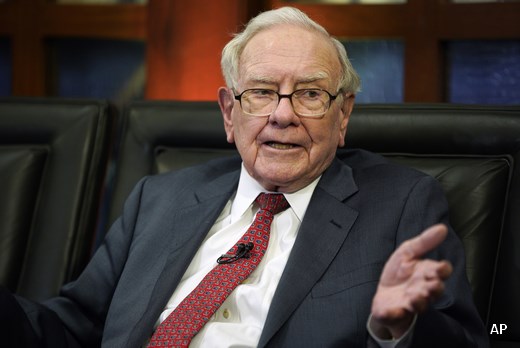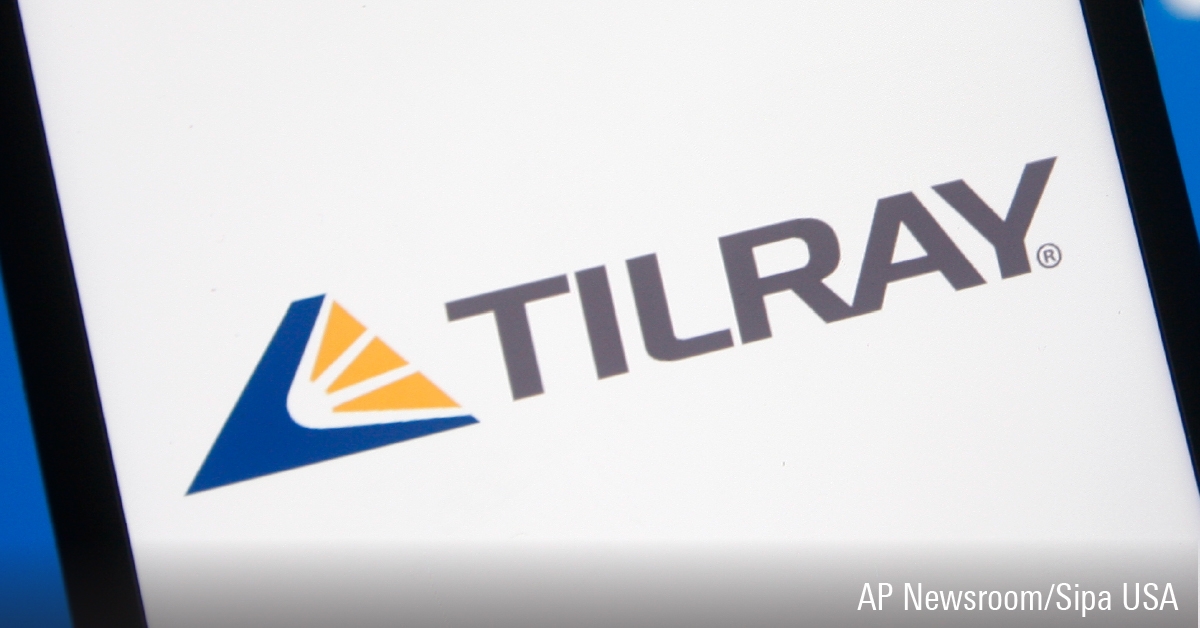
After several years of dedication and service, a friend of our family achieved the rank of Eagle Scout a few weeks ago. As I congratulated the hard-working young man on his honor, I noticed that his medal included the famous Scout slogan, “Be Prepared.”
That’s an apt motto for investing, too--one that we at Morningstar espouse. After all, we encourage investors to diversify their portfolios so they’re prepared to weather stock market storms. We suggest retirees maintain a cash bucket so they’re prepared to cover near-term living expenses in retirement. And today, we’re proposing that investors who dabble in individual stocks prepare for market pullbacks with a list of names to buy on weakness.
To get you started on your shortlist, we've isolated companies with Morningstar Economic Moat Ratings of wide with stable or positive moat trends that are trading at 3-star levels as of this writing. We're including only those stocks with low uncertainty ratings--our analysts are highly confident in their fair value estimates of these firms. Seven stocks made the cut. These stocks are fairly valued as of this writing, but they're good watchlist candidates for investors who like high-quality stocks.

Here's what our analysts have to say about two of the names from the list.
"Johnson & Johnson (JNJ) stands alone as a leader across the major healthcare industries. The company maintains a diverse revenue base, a developing research pipeline, and exceptional cash flow generation that together create a wide economic moat.
J&J holds a leadership role in diverse healthcare segments, including medical devices, over-the-counter products, and several pharmaceutical markets. Contributing close to 50% of total revenue, the pharmaceutical division boasts several industry-leading drugs, including immunology drugs Remicade, Stelara, and Tremfya, as well as cancer drugs Darzalex and Imbruvica. The medical device group brings in almost one third of sales, with the company holding controlling positions in many areas, including orthopedics and Ethicon Endo-Surgery's surgical devices. The consumer division largely rounds out the remaining business lines, and despite manufacturing issues over the past several years, the group still holds many brands with strong pricing power.
Research and development efforts are resulting in next-generation products. The pharmaceutical segment has recently launched several new blockbusters. However, relative to the company's size, J&J needs to increase the number of meaningful drugs in late-stage development to support long-term growth. The company has also created new medical devices, including innovative contact lenses, minimally invasive surgical tools, and robotic instruments.
These multiple businesses generate substantial cash flow. J&J's healthy free cash flow (operating cash flow less capital expenditures) is over 20% of sales. Strong cash generation has enabled the firm to increase its dividend for the past half-century, and we expect this to continue. It also allows J&J to take advantage of acquisition opportunities that will augment growth.
Diverse operating segments coupled with expected new products insulate the company more from patent losses relative to other Big Pharma firms. Further, in contrast to most of its peers, J&J faces the majority of its near-term patent losses on hard-to-make complex drugs, which should likely slow generic drug competition."
Damien Conover, director
"For many consumers, the Pepsi trademark elicits images of cola containers and ads extolling the brand’s taste superiority versus Coke. While PepsiCo (PEP) is still a beverage behemoth, its business now extends beyond this industry, with Frito-Lay and Quaker products accounting for more than half of sales and over 65% of profits, by our estimate. A diversified portfolio across snacks and beverages is the source of many of the company’s competitive advantages, in our view. Though management missteps have stymied performance in the past, the confluence of better execution and benefits inherent to its integrated business model has allowed Pepsi to reaccelerate profitable growth, and we see plenty of room to run.
After years of sluggish sales growth and underinvestment, Pepsi has committed to reinvigorating its top line. To that end, it has made significant investments in manufacturing capacity (for example, production lines to meet demand for reformulated packaging), system capacity (route optimization and sales technology), and productivity (harmonization and automation). We view these investments as prudent and believe they will allow the company to strengthen key trademarks such as Mountain Dew and Gatorade, deepen its presence in growth markets like sub-Saharan Africa, and yield enough cost savings to reinvest and widen profits. Recent strategic pivots in the energy category (such as the Rockstar acquisition and Mountain Dew line extensions) should also underpin growth and margins.
Pepsi’s growth trajectory is not without risk, as the company faces secular headwinds such as shifts in consumer behavior. Additionally, changing go-to-market dynamics, such as online commerce that encourages real-time price comparisons and obviates the extent of Pepsi’s retail distribution advantage, allow for more nimble and aggressive competition. Still, we believe that structural dynamics emanating from Pepsi’s scale, the cachet of its brands, and the breadth of its portfolio, which support its wide moat, should enable the company to maintain and augment its competitive positioning."
Erin Lash, director




















